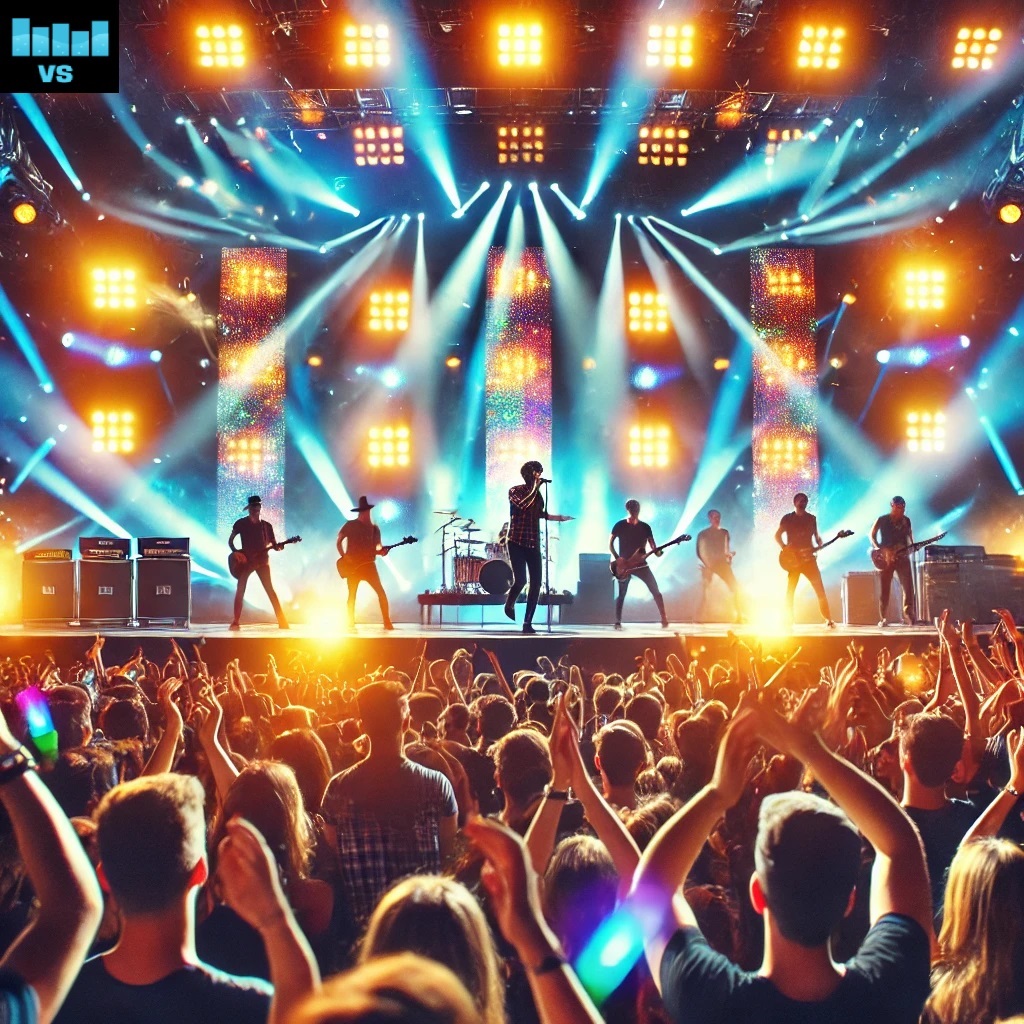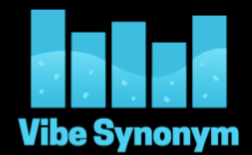Harnessing the Power of Energy: Understanding the Vibe of Every Moment
In our everyday interactions, we often hear people talk about the vibe of a situation, event, or individual. But what does this really mean? It’s often a reference to the energy that a person or place radiates. Energy, as a synonym for vibe, refers to the emotional, mental, or physical quality that someone or something emits, influencing the mood or atmosphere around them. Just as a lively conversation or a charged event can leave us feeling invigorated, the energy of a space, person, or situation can have a profound impact on how we feel, think, and behave.
In this article, we will explore how energy serves as an alternative to vibe and how it shapes our experiences, from social interactions to creative projects and personal well-being. By understanding the role of energy in various contexts, you can learn to harness its power to create positive environments and boost your own emotional and physical well-being.

Energy as a Vibe Synonym: What It Really Means
When we talk about someone’s vibe, we often refer to the overall feeling or atmosphere that person projects. Energy, in this context, serves as a vibe synonym, but with a more dynamic and tangible connotation. It’s the invisible force that people, places, and events give off, influencing those around them in subtle yet powerful ways. While vibe can refer to a general sense of mood or emotional atmosphere, energy digs deeper into the emotional and mental states that create those feelings.
Energy can be broken down into two primary categories: positive energy and negative energy. Positive energy is uplifting, motivating, and joyful. It can manifest in a cheerful person who inspires others or a lively gathering filled with enthusiasm. Negative energy, on the other hand, tends to drain or lower the mood, manifesting as tension, discomfort, or even hostility.
Each of us carries a certain energy that influences how we interact with others and how others perceive us. Whether it’s the excitement of a group of friends, the calm aura of a yoga instructor, or the enthusiasm of a concert performer, energy is an ever-present force in our lives.
How Energy Shapes Our Social Interactions
Just as a strong vibe can define the mood of a room, energy has a significant impact on the dynamics of social interactions. When you walk into a room full of people, you can instantly feel the energy in the air. It’s in the way people communicate, the body language they project, and the overall tone of the conversation.
For example, when attending a lively party, the energy in the room might be high—there’s excitement, laughter, and a sense of camaraderie. This positive energy is contagious, making you feel more comfortable and eager to engage with others. On the other hand, if you enter a tense meeting or an awkward social gathering, you might feel the energy is off—there’s tension in the air, making it harder for people to connect.
Your own personal energy can have a major influence on social interactions as well. For example, if you’re feeling confident and positive, your energy might uplift those around you, helping to create a more engaging and collaborative environment. If, however, you’re feeling down or irritable, your energy can have a draining effect, making others feel uncomfortable or distant.
One key takeaway is that our energy doesn’t just affect us—it creates a ripple effect, influencing how others feel and behave in our presence.
The Impact of Energy on Creativity and Performance
Just as our energy affects our social interactions, it also plays a pivotal role in our creativity and performance. When you’re in a state of high energy, you’re more likely to feel inspired, motivated, and focused. This elevated vibe can fuel your productivity, whether you’re working on a creative project, problem-solving, or striving to meet a goal. Positive energy fosters innovation, encourages new ideas, and makes the process more enjoyable.
On the other hand, low or negative energy can stifle creativity and reduce performance. If you’re exhausted, stressed, or overwhelmed, your mental and emotional energy might be drained, leaving you feeling uninspired and disengaged. This can lead to procrastination, lack of focus, and overall poor performance.
It’s crucial to manage and channel your energy in a way that supports creativity and productivity. Here are a few ways to do this:
- Take Breaks: When you’re feeling mentally drained, step away from the task at hand. Taking breaks helps recharge your energy and improves focus.
- Stay Physically Active: Physical activity boosts energy levels, improving both mental and emotional well-being.
- Engage in Activities That Inspire You: Surrounding yourself with things that excite and motivate you can boost your energy, whether it’s listening to music, watching inspiring videos, or simply spending time in nature.
- Maintain a Positive Mindset: Focus on the positive aspects of your work and keep a hopeful outlook to maintain the energy required for long-term success.
By consciously cultivating positive energy, you create an environment that fosters creativity and high performance.
Managing Negative Energy: How to Shift Your Vibe
Just as we can experience high energy in positive situations, negative energy is also a natural part of life. It’s important to understand that negative energy isn’t something that is fixed; it can be shifted with the right mindset and practices.
Negative energy often arises from stress, conflict, disappointment, or fear. It can manifest physically (through tension in the body) or emotionally (through frustration or sadness). When you’re surrounded by negative energy, it can be difficult to remain productive or maintain healthy relationships.
Here are a few strategies for managing and shifting negative energy:
- Breathing and Mindfulness: Practicing deep breathing or meditation can help calm the mind and reset your energy.
- Reframing Negative Thoughts: Challenge any negative thought patterns by consciously focusing on positive outcomes or finding solutions instead of dwelling on problems.
- Change Your Environment: Sometimes, simply changing your physical environment can shift the energy—opening a window for fresh air, rearranging your workspace, or spending time in nature can help break the cycle of negative energy.
- Engage in Physical Activity: Exercise is a powerful tool for releasing negative energy and boosting your mood. Whether it’s going for a walk, hitting the gym, or practicing yoga, physical movement helps reset your emotional state.
By becoming aware of the negative energy around you and implementing these strategies, you can create a more positive and balanced atmosphere.
Conclusion
Energy is an essential force in our lives, shaping the vibe of every moment, interaction, and experience. Whether you’re at work, with friends, or pursuing creative endeavors, the energy you bring into a situation has the power to influence the outcome. By understanding how energy functions as a vibe synonym, you can use it to your advantage to create positive, productive environments, and enhance your personal well-being.
Remember, just like any vibe, energy is fluid—it can shift, change, and grow. By managing your own energy and being mindful of the energy in your surroundings, you have the ability to shape your experiences and interactions for the better. Harnessing the power of energy can help you feel more motivated, connected, and balanced, no matter where you are or what you’re doing.
